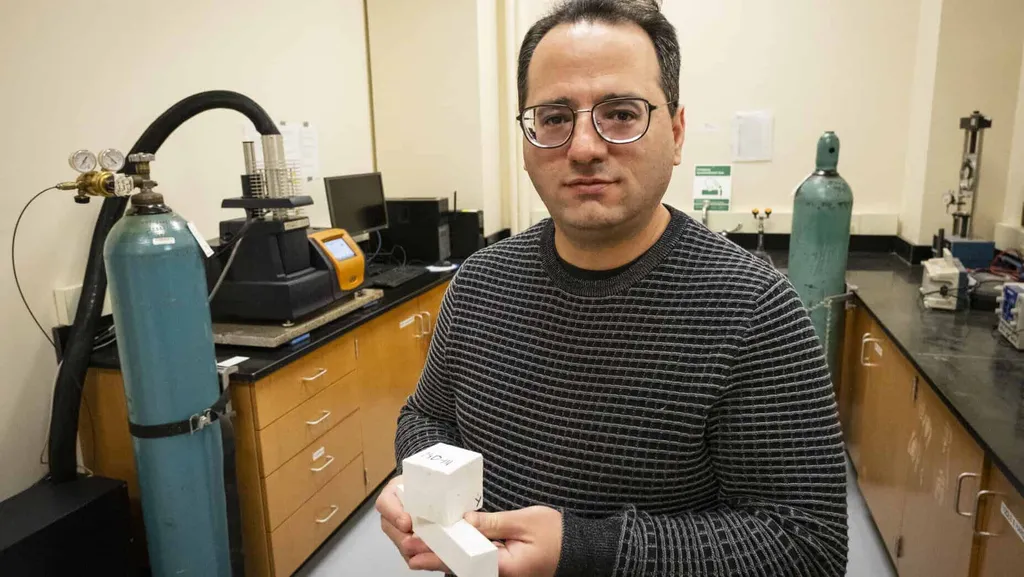In the heart of Guangzhou, China, Professor Tung-Chai (Bill) Ling, a renowned figure at Jinan University’s School of Mechanics and Construction Engineering, is spearheading a groundbreaking initiative that could revolutionize the construction industry and significantly impact the energy sector. His research focuses on CO2 mineralization, eco-friendly concrete, low-carbon cement, and waste recycling—areas that are increasingly critical in our fight against climate change.
Professor Ling’s work centers around transforming carbon dioxide, a greenhouse gas, into a useful resource for the construction industry. By mineralizing CO2, he and his team are developing eco-friendly concrete that not only reduces the carbon footprint of buildings but also enhances their durability. “We’re not just looking to mitigate emissions; we’re aiming to create a circular economy where waste becomes a valuable resource,” Professor Ling explains.
The implications for the energy sector are profound. The construction industry is a significant consumer of energy, and the production of traditional cement is a major source of CO2 emissions. By adopting Professor Ling’s low-carbon cement, the industry could drastically reduce its energy consumption and carbon output. “This isn’t just about building greener; it’s about building smarter,” he adds.
The commercial potential is immense. As governments worldwide impose stricter regulations on carbon emissions, the demand for sustainable construction materials is set to soar. Professor Ling’s innovations could position companies at the forefront of this green revolution, opening up new markets and opportunities.
Published in ‘Engineering Reports’ (机械与建筑工程报), Professor Ling’s research is a beacon of hope in our quest for a sustainable future. His work is a testament to the power of innovation and the potential of turning environmental challenges into economic opportunities. As the world grapples with the realities of climate change, Professor Ling’s contributions offer a glimpse into a future where construction and sustainability go hand in hand. His research could shape future developments in the field, paving the way for a new era of eco-friendly construction practices.

